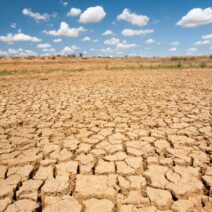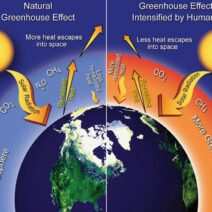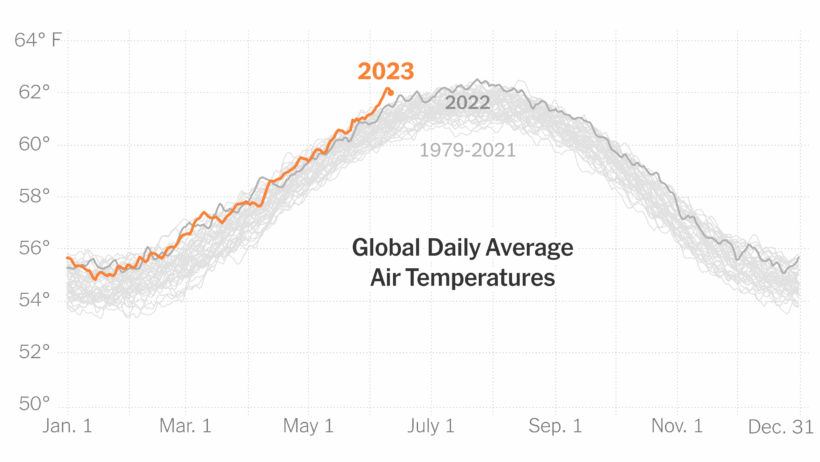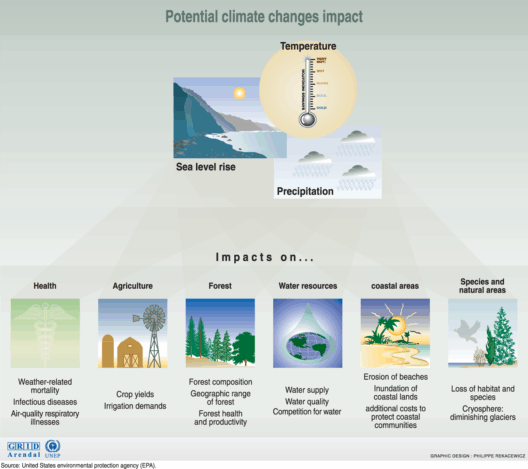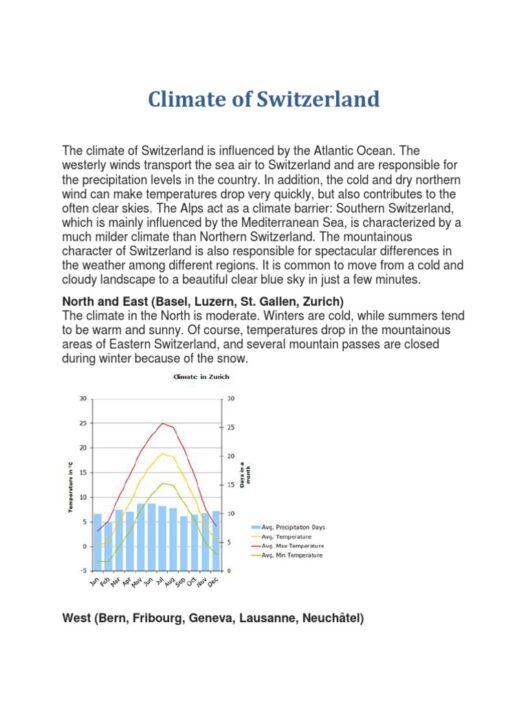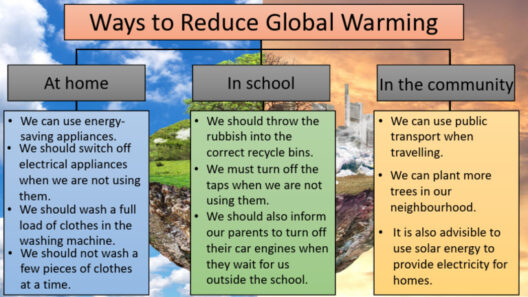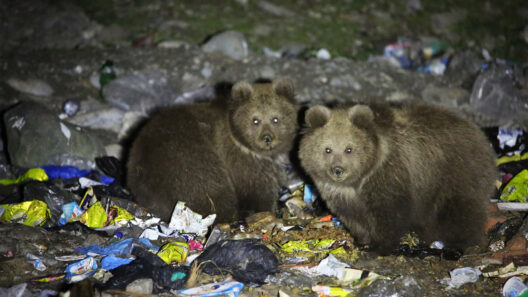The phenomenon known colloquially as “global warming” has evolved into a pressing reality that manifests through increasingly unpredictable weather patterns. As climatic conditions shift, a new normal emerges, marked by erratic temperature fluctuations, unprecedented storms, and prolonged droughts. Scientists and environmentalists alike warn that these wild weather patterns are not merely anomalies; they are harbingers of an altered climate regime. Understanding this transformation is essential for both individual and collective resilience in the face of climate change.
One of the most conspicuous observations stemming from global warming is the significant increase in average temperatures worldwide. Records are shattered with alarming frequency. For instance, June of this year saw some of the highest temperature indices ever recorded, raising questions about the myth of seasonal predictability. This heightened warmth correlates directly with the concentration of greenhouse gases in the atmosphere, a byproduct of anthropogenic activities like fossil fuel combustion, deforestation, and industrial processes. These systemic changes disrupt natural weather cycles, eliciting cascading effects on ecosystems and human life.
Moreover, shifting weather patterns are not evenly distributed. Geographical disparities reveal a complex tapestry of climatic changes. Coastal regions may face rising sea levels and intensified hurricanes, while arid locations contend with prolonged droughts and dwindling water resources. This juxtaposition is misleading; while some areas enjoy milder winters, others grapple with the stubborn grip of routinely brutal weather. These phenomena debunk the notion of climate as a static characteristic of a location and instead underscore its dynamic and evolving nature.
The relationship between global warming and extreme weather is multifaceted. High temperatures lead to increased evaporation rates, which in turn elevate the moisture content of the atmosphere. This enriched atmosphere is more conducive to severe storms, capable of unleashing torrential rain and devastating wind. For example, recent hurricanes have exhibited unusual intensity and unpredictability, leading to catastrophic damage in regions long considered safe from such threats. The 2005 Atlantic hurricane season marked a turning point, illustrating the direct correlation between warming oceans and extreme cyclone activity. The ramifications of such patterns are profound, impacting agriculture, infrastructure, and social stability.
Droughts, another facet of this changing climate, pose severe risks to food security and biodiversity. The frequency and duration of drought conditions have increasingly plagued agricultural regions, diminishing crop yields and exacerbating competition for scant resources. The subsequent rise in food prices presents a dual challenge: it strains household economies and escalates global hunger crises. Herein lies the symbiotic relationship between weather patterns and socioeconomic stability; as climatic conditions exacerbate existing vulnerabilities, those without resources face a perilous future.
Beyond immediate physical impacts, the psychological toll of living in an era of wild weather patterns is insidious. Communities affected by extreme weather events often experience trauma akin to that following a natural disaster. The frequency of such events can lead to chronic stress, anxiety, and a pervasive sense of instability. The concept of “climate anxiety” has emerged as a phenomenon where individuals grapple with feelings of helplessness in the face of overwhelming ecological degradation. Addressing these mental health concerns is becoming increasingly crucial, underscoring the intersection of climate science and public health.
Social dynamics are also evolving in response to these climatic changes. Displaced populations, forced to migrate due to climate-related disasters, introduce complex challenges to urban planning and resource allocation. Climate refugees are emerging as a new demographic, navigating legal systems ill-equipped to address the etiologies of their displacement. The integration of these populations into receiving communities further complicates the sociopolitical landscape and necessitates a holistic approach to migration policy, social cohesion, and community support systems.
In mitigating the impacts of global warming, adaptation strategies are gaining traction. Various regions are implementing innovative agricultural techniques, water conservation measures, and robust disaster preparedness protocols. The focus on renewable energy sources as a means to reduce dependency on fossil fuels represents one of the most significant shifts in addressing climate change. Transitioning to sustainable practices aligns economic goals with environmental stewardship, promoting resilience alongside economic growth.
Globally, policies aimed at reducing carbon emissions are evolving. International agreements, such as the Paris Accord, emphasize collective responsibility. They strive for a unified response to climate change, calling for countries to commit to lowering their greenhouse gas outputs. Success hinges on accountability, technological advancements, and public awareness; pressing the imperative that individuals, corporations, and governments must act symbiotically to combat climate change.
The narrative surrounding climate change is evolving, too. As education and awareness increase, the dialogue transitions from skepticism to advocacy. Grassroots movements proliferate, mobilizing communities toward active participation in climate action. The role of social media in amplifying these voices cannot be overstated, as it fosters global solidarity and encourages local initiatives aimed at ecological preservation.
Ultimately, the persistence of wild weather patterns compels a re-examination of human-environment interactions. The new normal is not solely defined by catastrophes; it also embodies opportunities for change and innovation in addressing systemic vulnerabilities. Through collective awareness, an adaptive mindset, and robust action plans, the community and individual agency in climate resilience can flourish. This collective journey toward understanding and addressing climate change not only reshapes our relationship with the planet but also redefines our path forward. Let us embrace this new era with resolve and responsibility, confronting the challenge of climate change head-on with knowledge, compassion, and tenacity.
